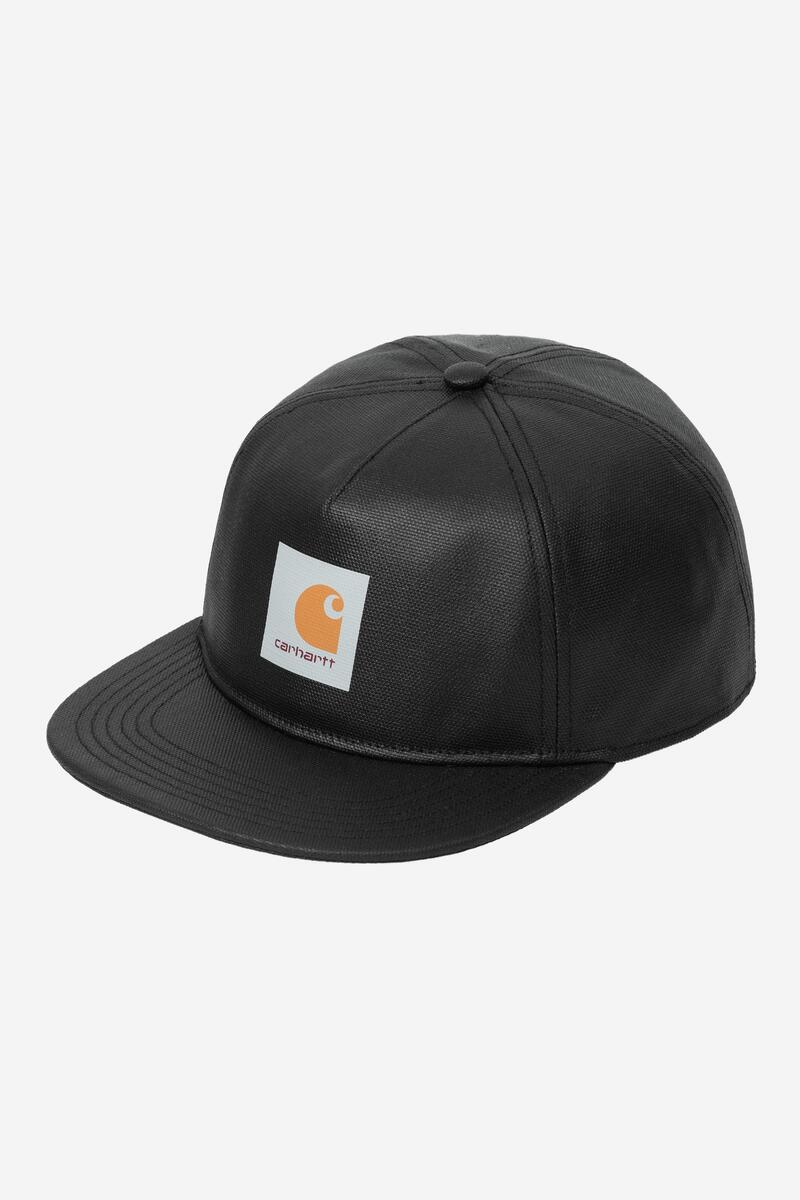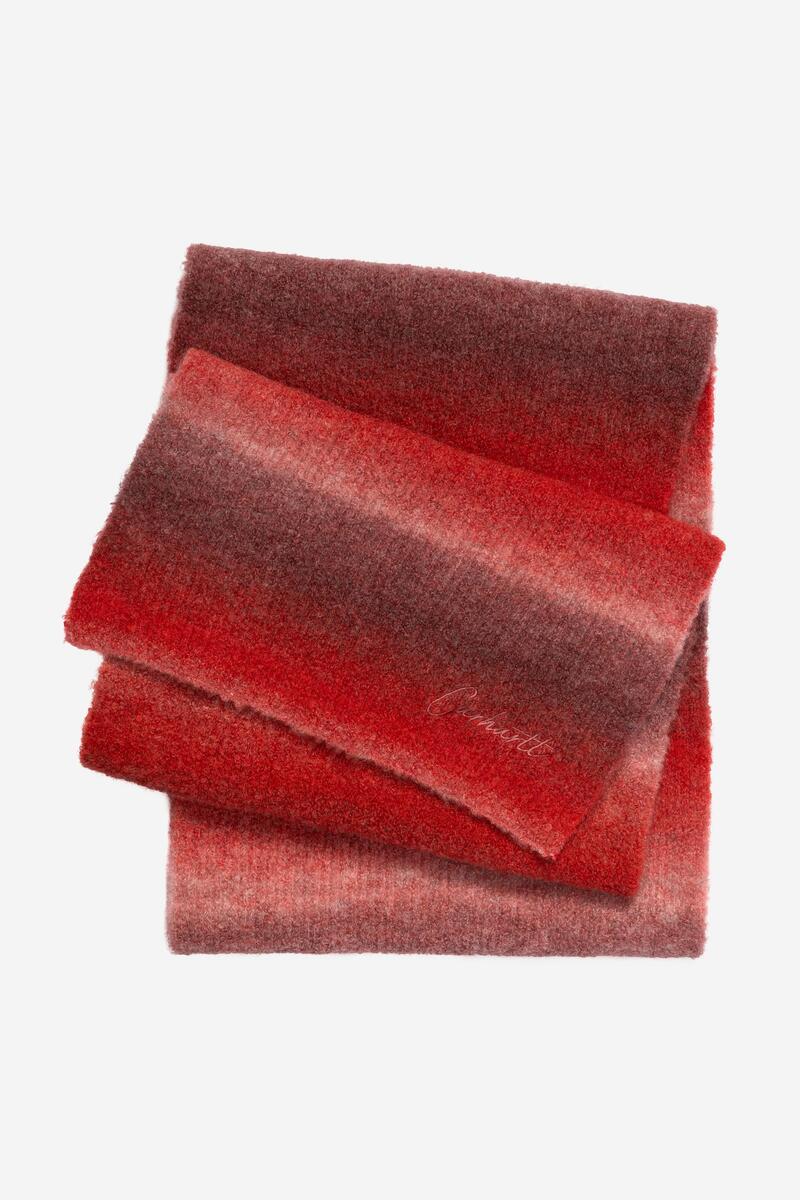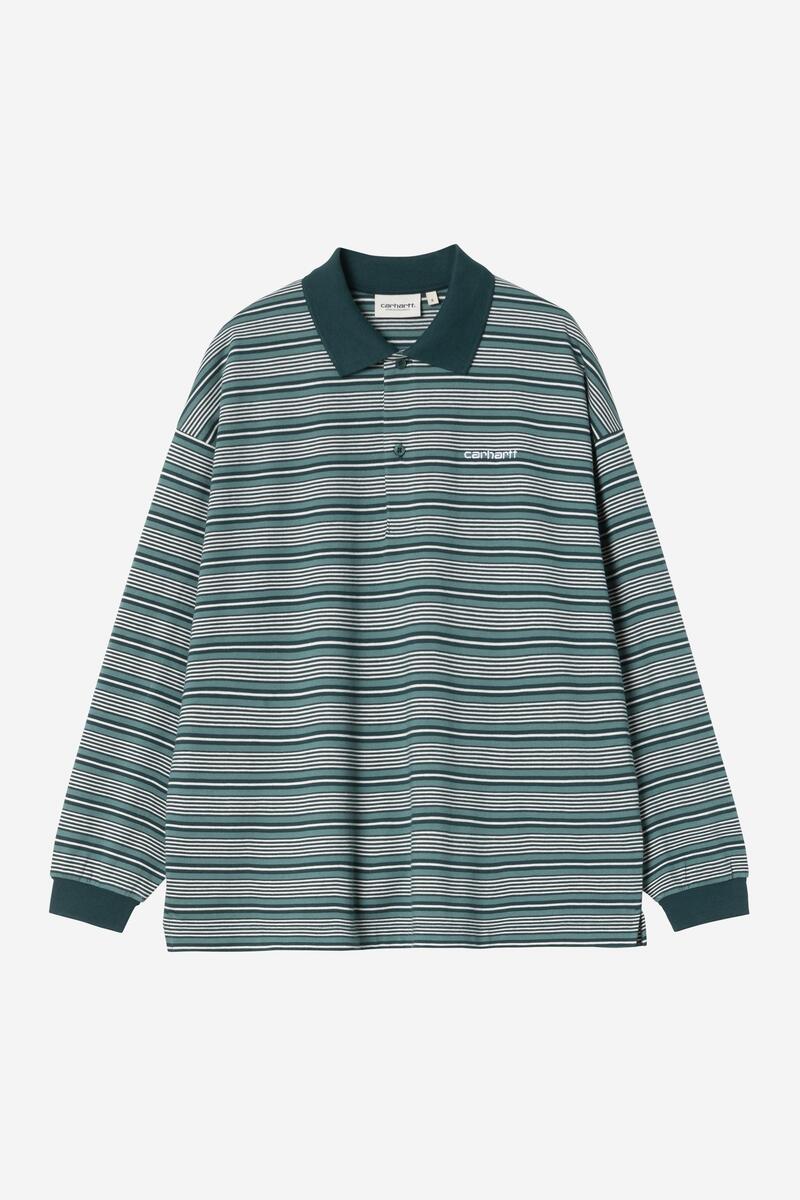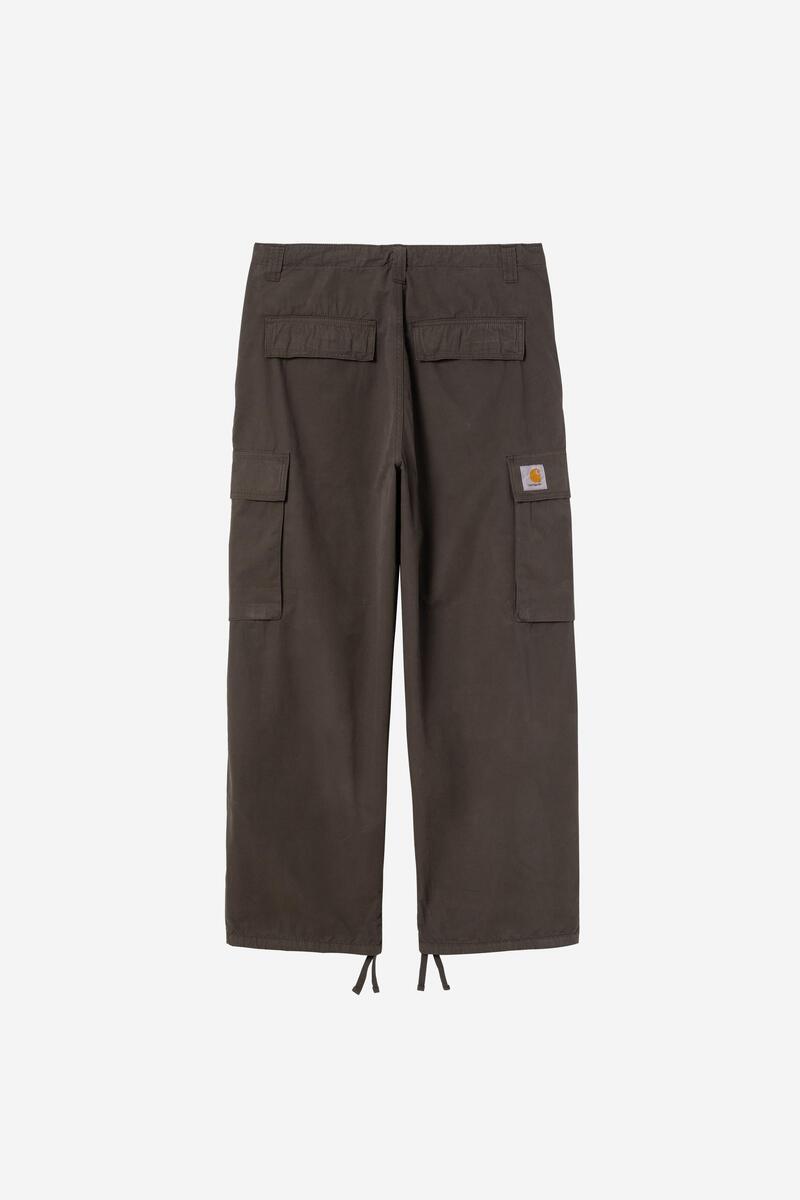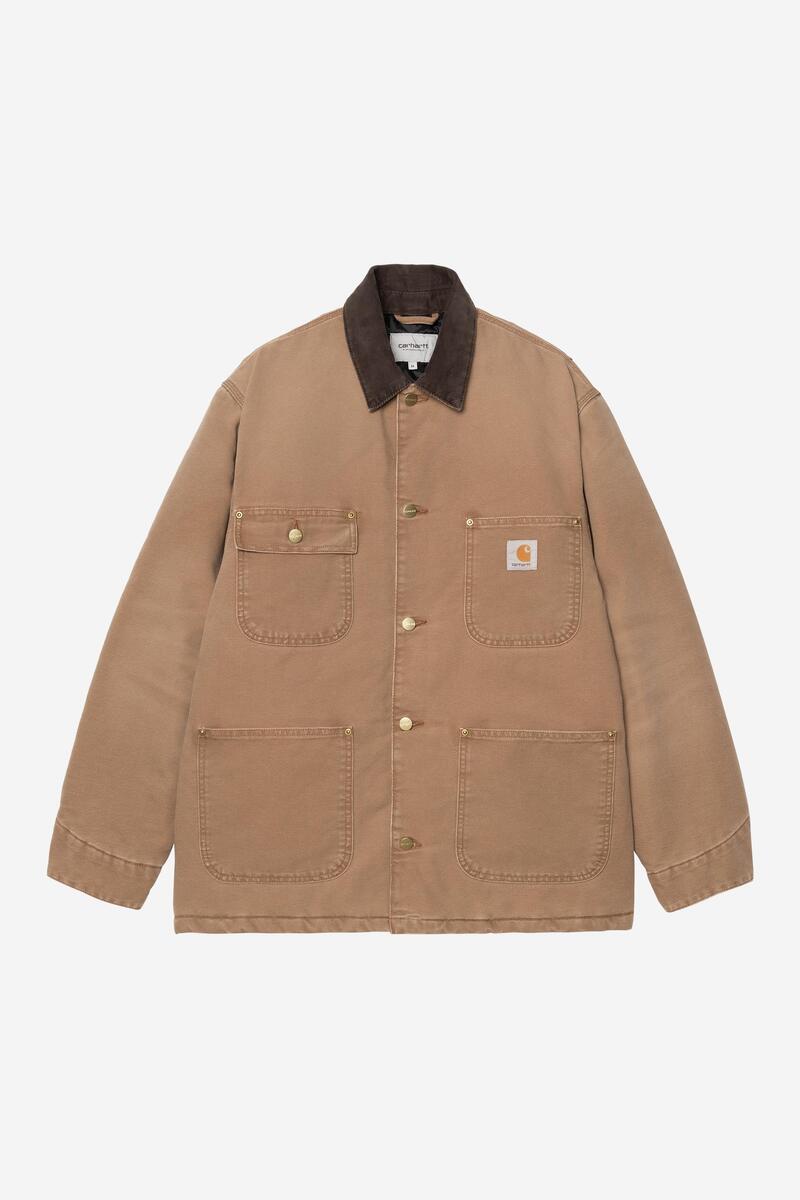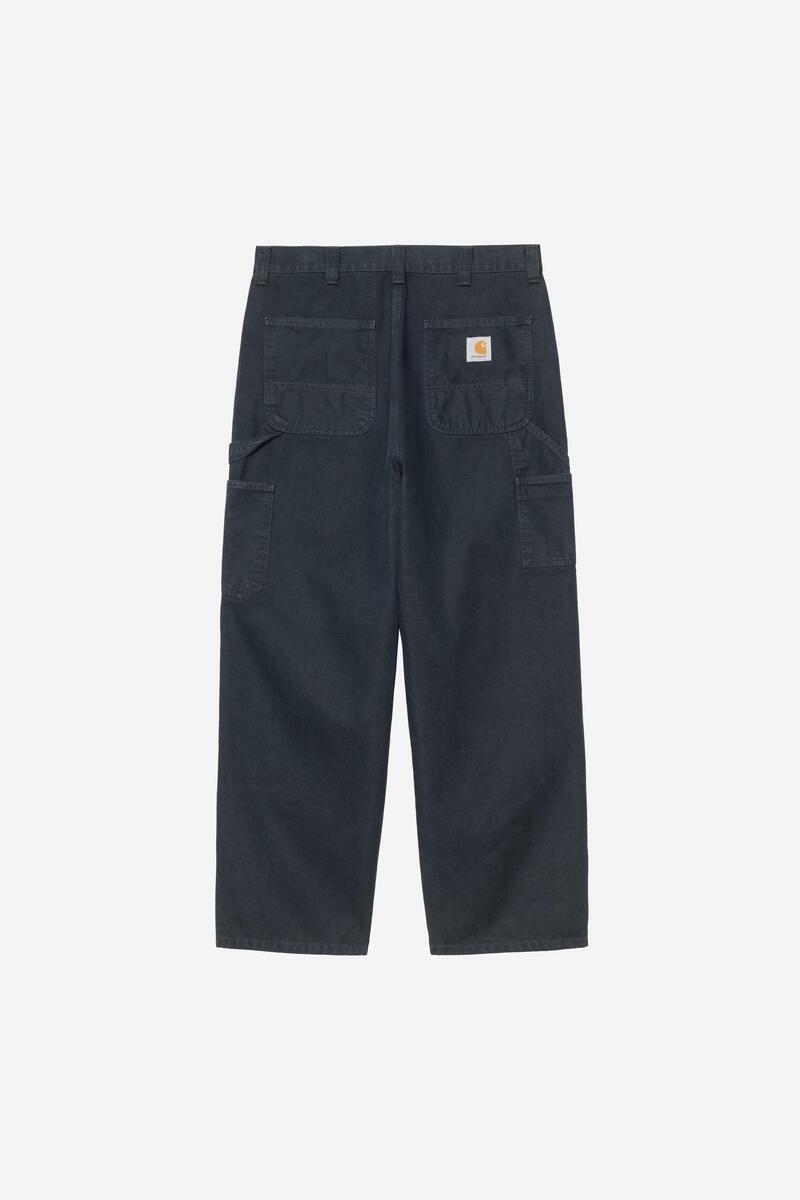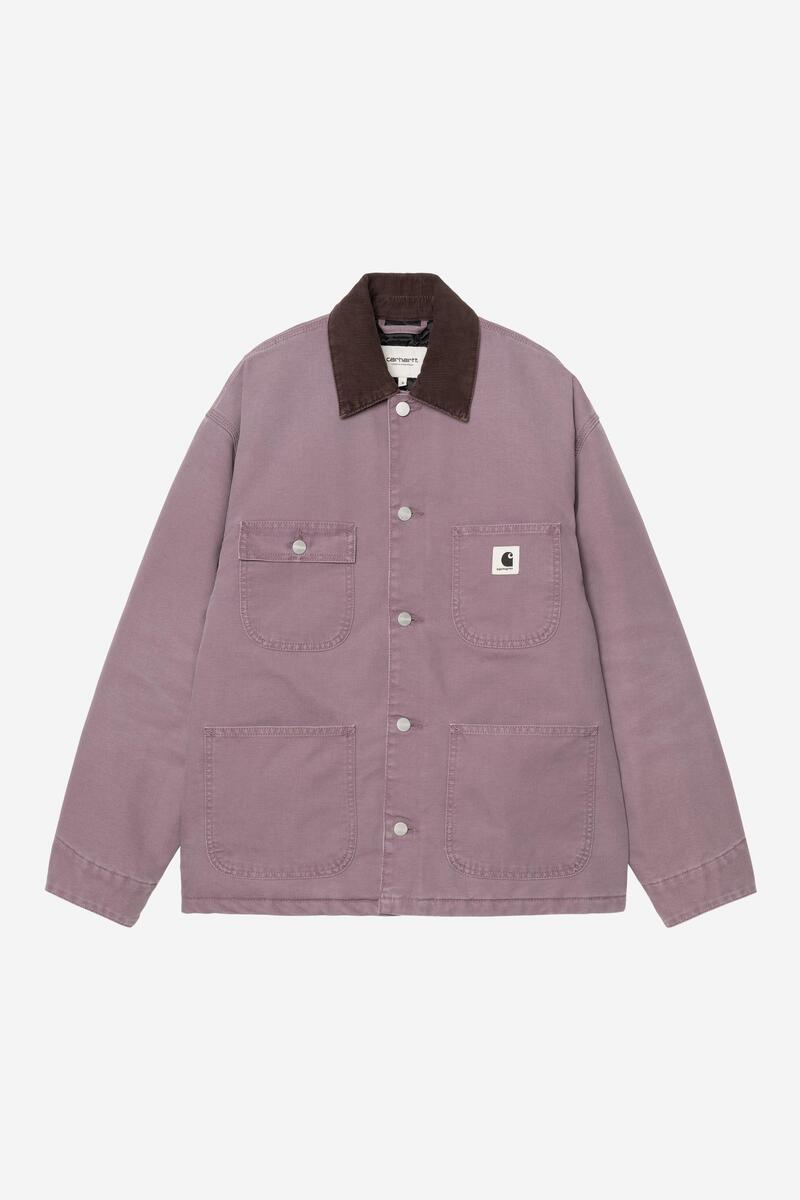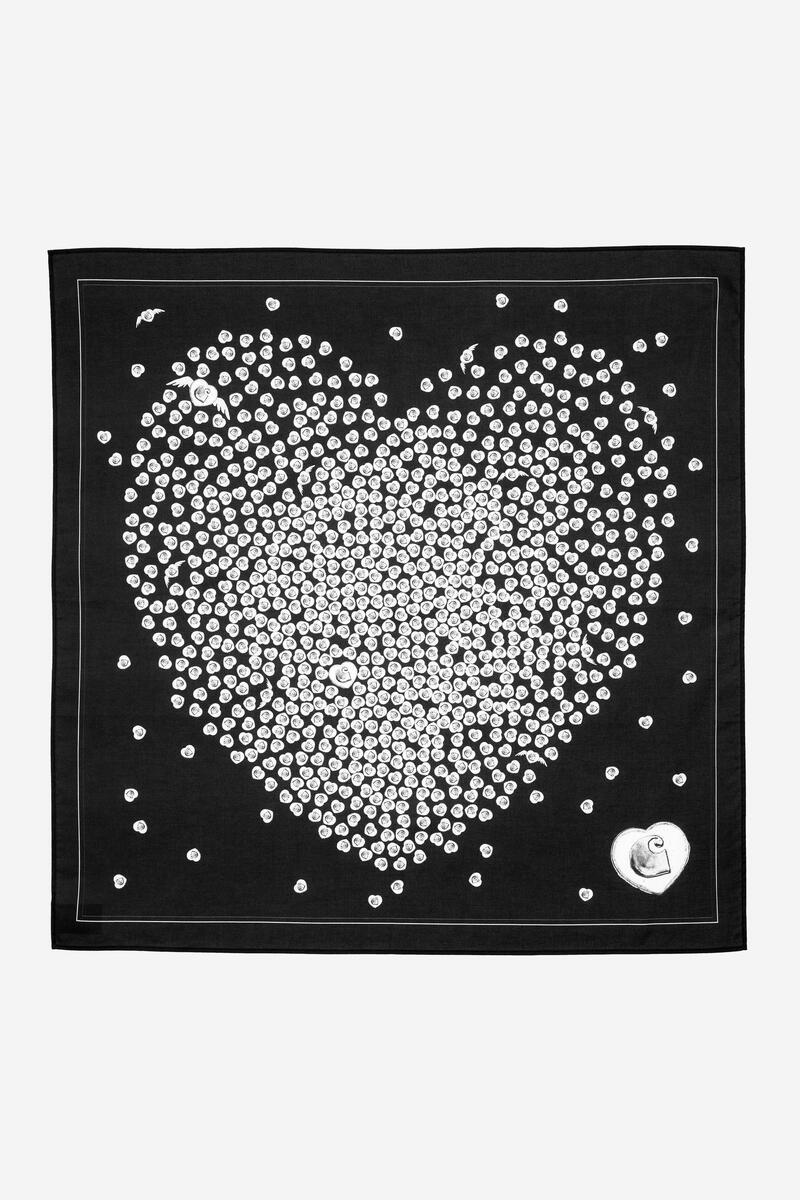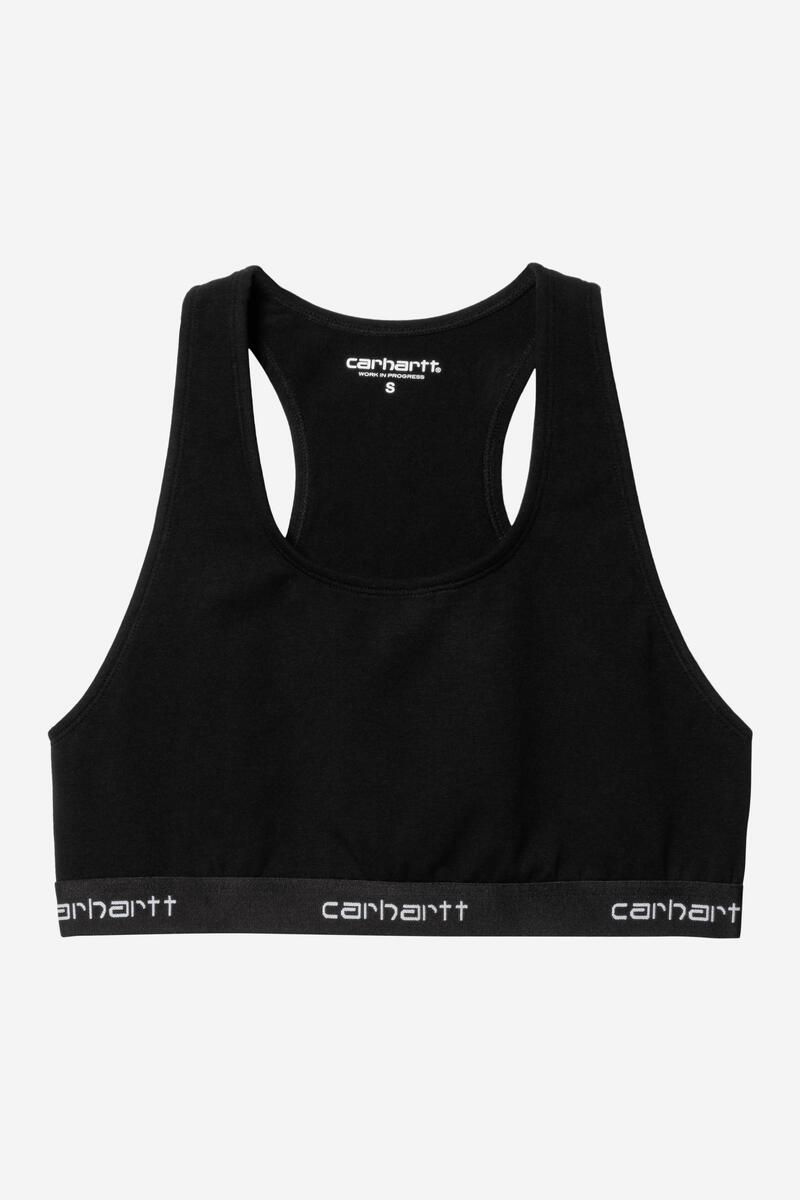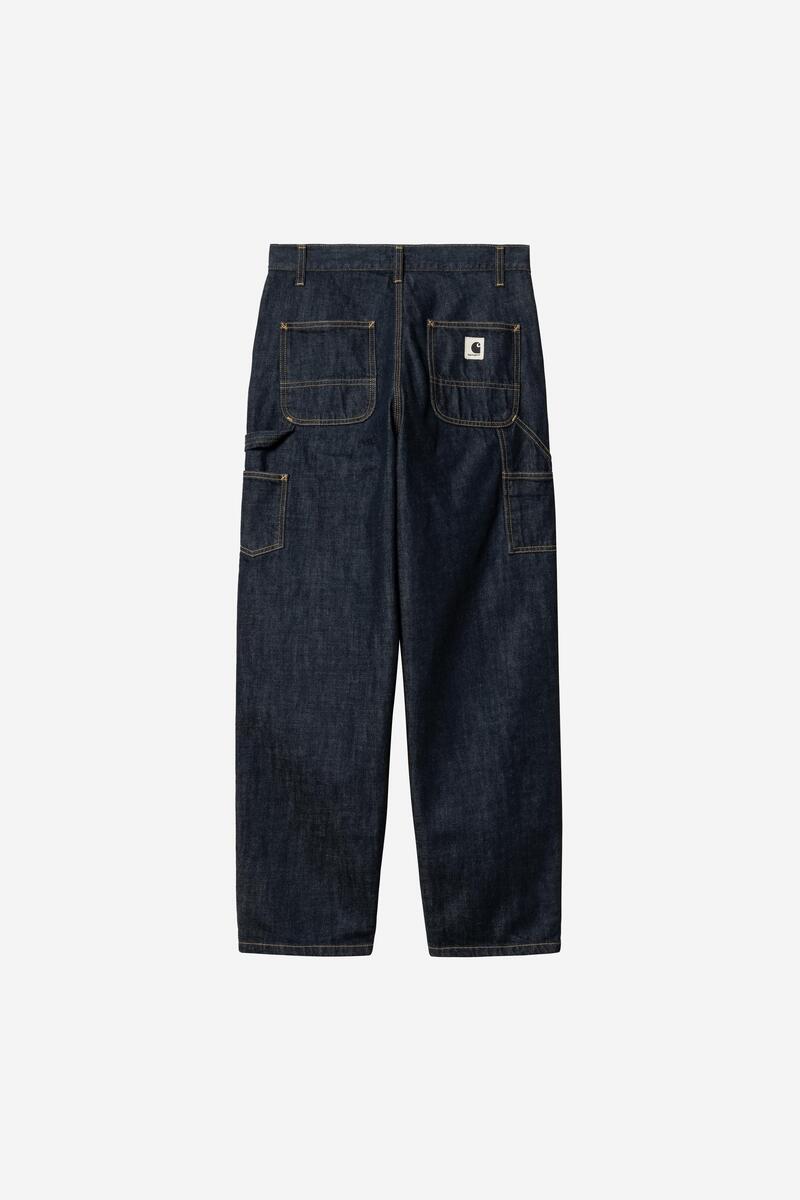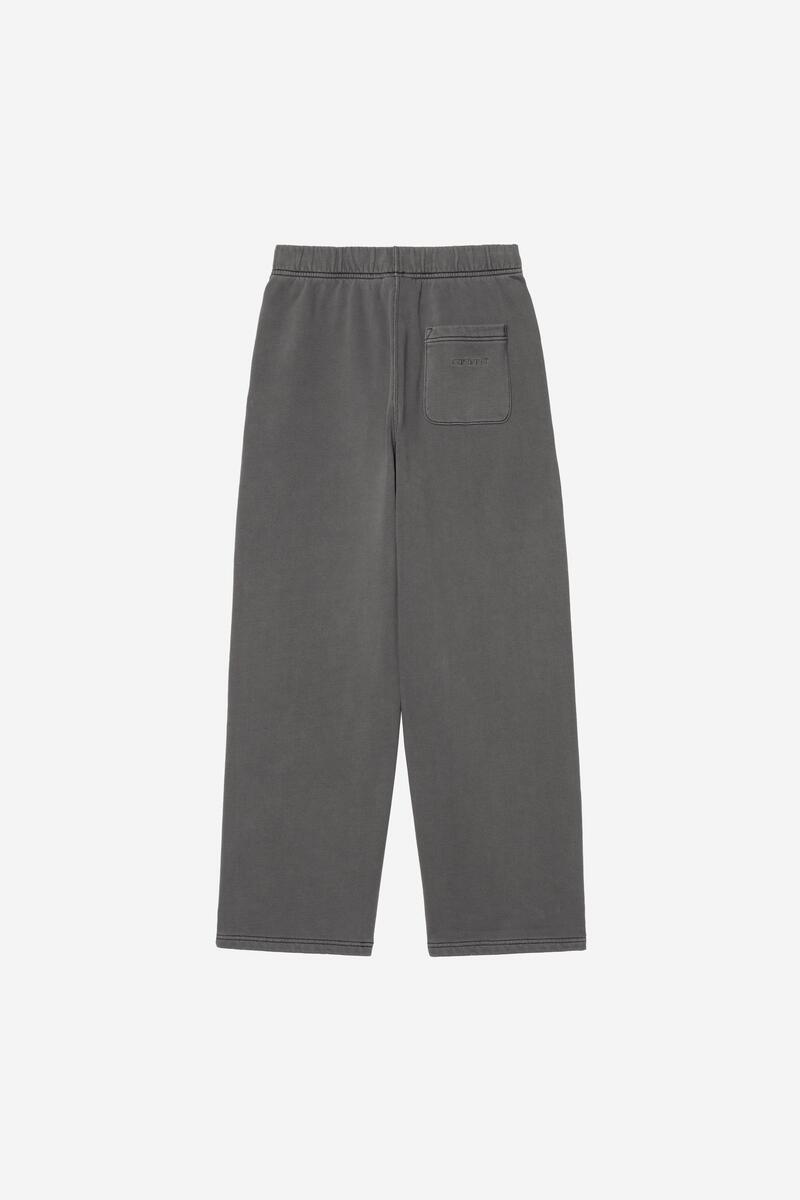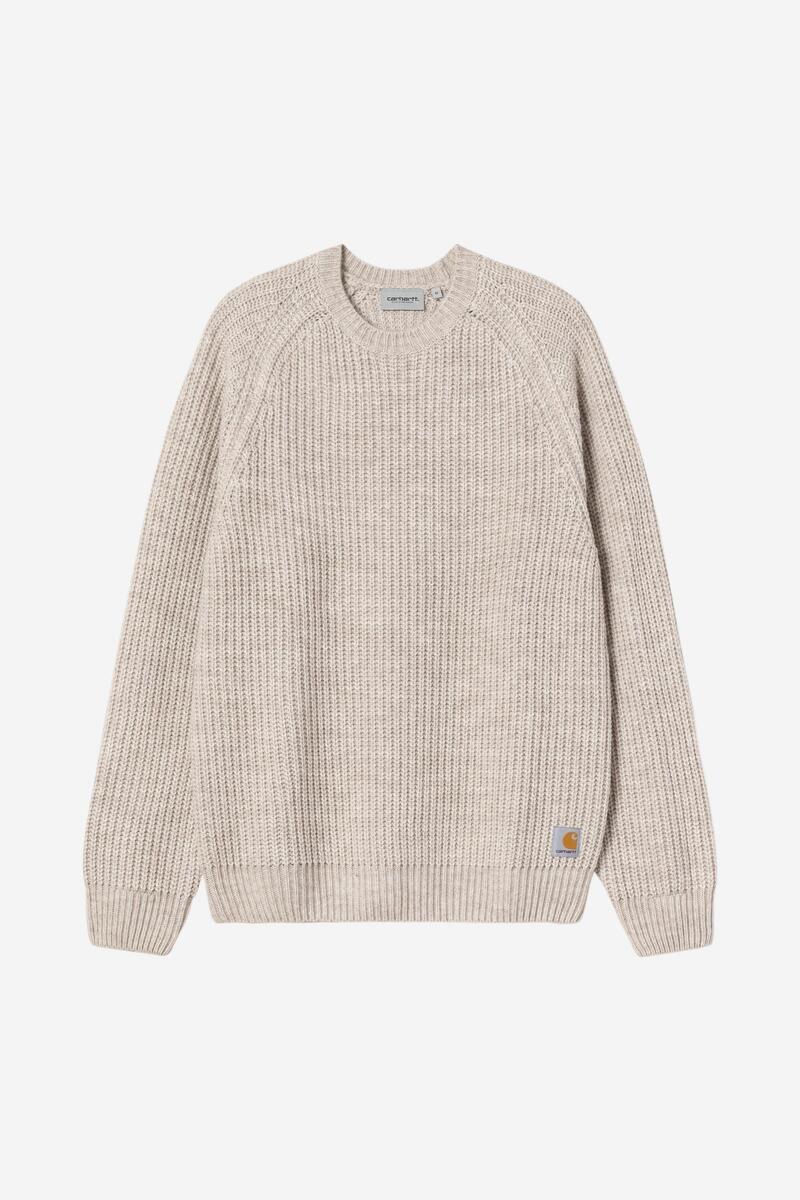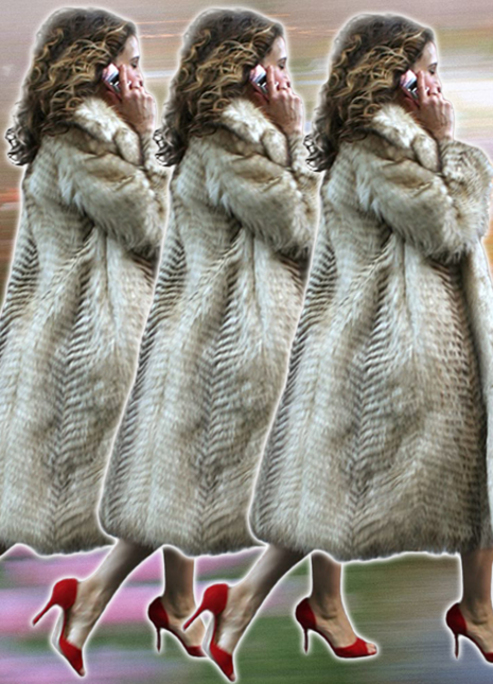Carhartt WIP: From Workwear To World-Building
The blueprint of subculture.
What started in 1994 as Edwin Faeh’s experiment with American grit became one of Europe’s most influential cultural engines. Carhartt Work In Progress wasn’t just about retooling hardwearing garments for a new audience—it was about giving rappers, skaters, and graffiti kids a uniform that felt both underground and indestructible. By the time La Haine hit cinemas in ’95, Carhartt WIP had already slipped into the bloodstream of street culture, quietly rewriting who gets to define authenticity.
Fashion With a Side of Sound

Carhartt WIP didn’t stop at clothes. The brand built skate and BMX crews, dropped magazines, launched its own record label, and turned collaborations into cultural collisions—think Motown, Underground Resistance, sacai, New Balance, and Converse. Each project felt less like a marketing move and more like a mixtape for the scene, stitched together from music, art, and concrete.
Global Grit, Local Roots
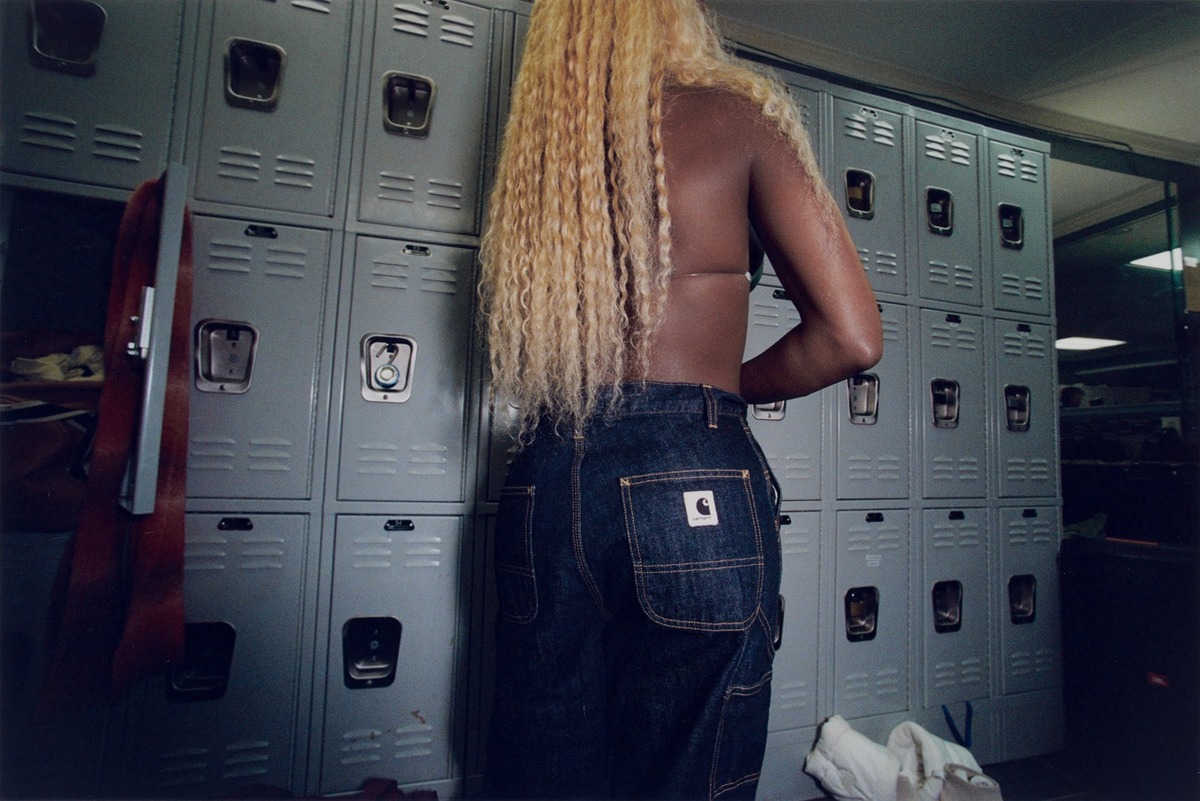
From London to Paris, Tokyo to Detroit, Carhartt WIP expanded its brick-and-mortar empire while still keeping its workwear DNA raw. It was never just about jeans or jackets; it was about building a world where skaters in Mongolia, techno heads in Berlin, and rappers in New York could all speak the same visual language. The double-knee pant wasn’t just stitched—it was storied.
Legacy in Progress
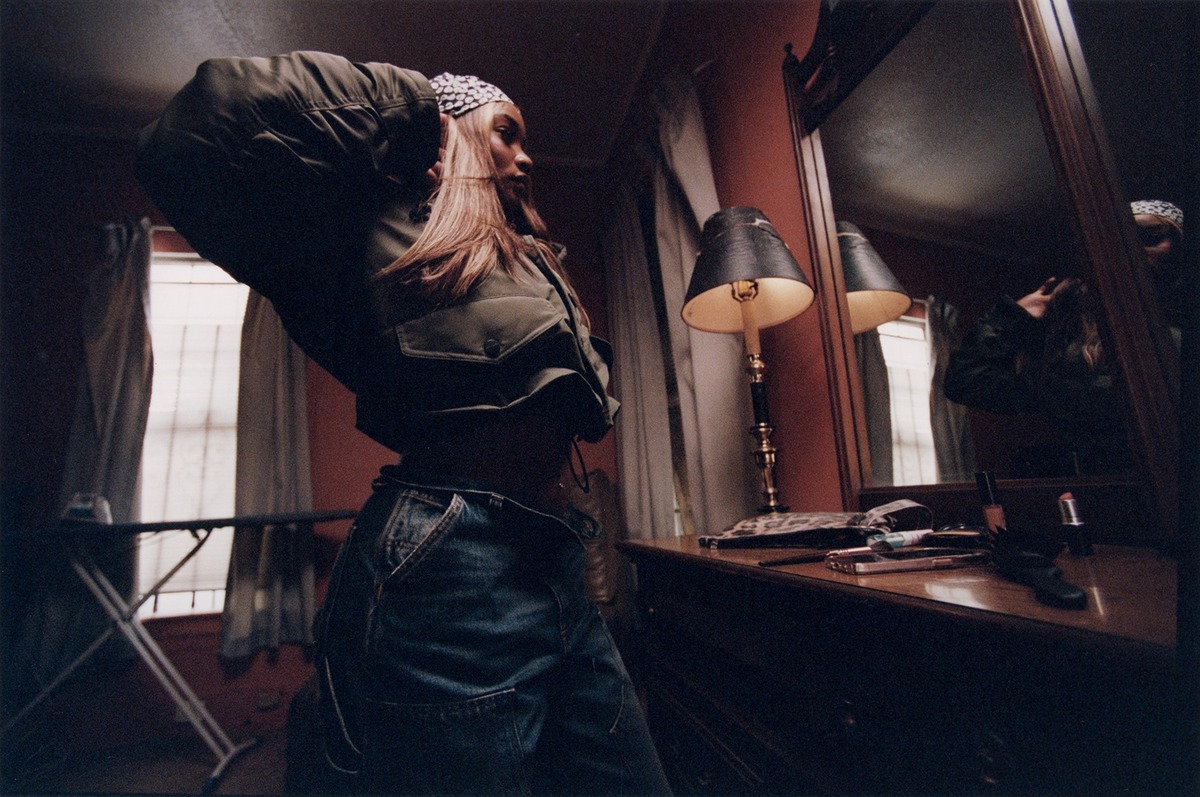
Three decades on, Carhartt WIP has become both archive and future tense. The collaborations keep stacking, the skate films keep rolling, the magazines keep dropping. But at its core, the brand still feels like what it did in ’92 on the corners: rugged, reliable, and ready for whoever needs it. Work in Progress isn’t just a name—it’s the brand’s permanent state of becoming.
